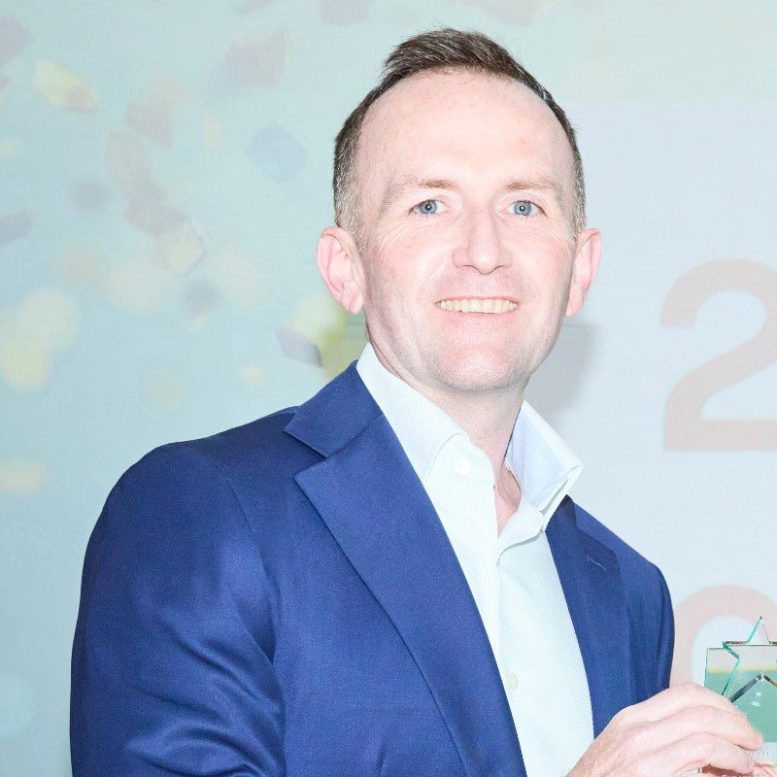
Scientists have found that jewel wasps possess the ability to slow their biological rate of aging.
Researchers studying jewel wasps, easily recognized by their shimmering metallic appearance, have discovered that these insects can enter a kind of natural developmental pause during their larval stage. This early-life “time-out” provides an unexpected benefit once they reach adulthood.
The research, conducted by scientists at the University of Leicester and published in the journal PNAS, shows that this period of suspended development significantly increases the wasps’ lifespan. Even more notably, it slows the progression of their “epigenetic clock”—a molecular measure of how quickly an organism ages.
Aging involves more than simply getting older over time. It is a biological process that imprints lasting chemical changes on our DNA. One of the most reliable tools for measuring this is the epigenetic clock, which tracks age-related changes in DNA methylation. These chemical markers accumulate as we grow older. This study asks an intriguing question: what if the pace of development could be adjusted to influence the aging process itself?
Why Jewel Wasps Make the Perfect Test Subject
To find out, a team at the University of Leicester including first author PhD student Erin Foley, Dr Christian Thomas, Professor Charalambos Kyriacou, and Professor Eamonn Mallon, from the department of Genetics, Genomics and Cancer Sciences, turned to Nasonia Vitripennis, also known as the jewel wasp.

This tiny insect is becoming a powerful model for aging research because, unlike many other invertebrates, it has a functioning DNA methylation system, just like humans, and a short lifespan that makes it ideal to study.
The researchers exposed jewel wasp mothers to cold and darkness, triggering a hibernation-like state in their babies called diapause. This natural “pause button” extended the offsprings’ adult lifespan by over a third. Even more remarkably, the wasps that had gone through diapause aged 29% more slowly at the molecular level than their counterparts. Their epigenetic clocks ticked more leisurely, offering the first direct evidence that the pace of biological aging can be developmentally tuned in an invertebrate.
“It’s like the wasps who took a break early in life came back with extra time in the bank,” said Evolutionary Biology Professor Eamonn Mallon, senior author on the study.
“It shows that aging isn’t set in stone, it can be slowed by the environment, even before adulthood begins.”
Lasting Effects of Early Life Events
While some animals can slow aging in dormant states, this study is the first to show that the benefits can persist after development resumes. What’s more, the molecular slowdown wasn’t just a random effect, it was linked to changes in key biological pathways that are conserved across species, including those involved in insulin and nutrient sensing. These same pathways are being targeted by anti-aging interventions in humans.
What makes this study novel and surprising is that it demonstrates a long-lasting, environmentally triggered slowdown of aging in a system that’s both simple and relevant to human biology. It offers compelling evidence that early life events can leave lasting marks not just on health, but on the pace of biological aging itself.
Professor Mallon added: “Understanding how and why aging happens is a major scientific challenge. This study opens up new avenues for research, not just into the biology of wasps, but into the broader question of whether we might one day design interventions to slow aging at its molecular roots. With its genetic tools, measurable aging markers, and a clear link between development and lifespan, Nasonia vitripennis is now a rising star in aging research.
“In short, this tiny wasp may hold big answers to how we can press pause on aging.”
Reference: “Larval diapause slows adult epigenetic aging in an insect model, Nasonia vitripennis” by Erin E. B. Foley, Christian L. Thomas, Charalambos P. Kyriacou and Eamonn B. Mallon, 28 July 2025, Proceedings of the National Academy of Sciences.
DOI: 10.1073/pnas.2513020122
Funding for the study was provided by The Leverhulme Trust and The Biotechnology and Biological Sciences Research Council (BBSRC).
Never miss a breakthrough: Join the SciTechDaily newsletter.